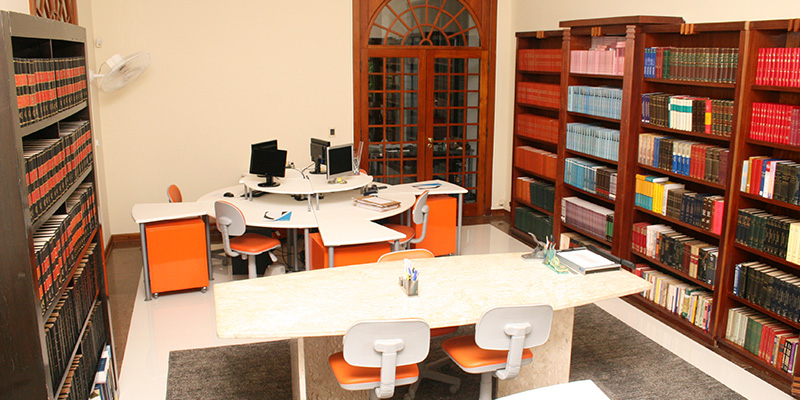What is LSAT?
The LSAT is an aptitude test. Like all aptitude tests, it must choose a medium in which to measure intellectual ability. The LSAT has chosen logic. Other tests, such as the SAT, use mathematics and English. The LSAT has four sections plus a writing sample, reading comprehension, logical reasoning (2 sections), Analytic Reasoning and the writing sample. You also have an extra section for testing purposes for future tests that could be either a reading compresension section, logic games section or a logcial reasoning section.
Reading Comprehension
The reading comprehension section is comprised of 26-28 questions. There are four passages, each followed by questions that will test your comprehension of the passage. Typical questions are about the thesis of the passage and the authors tone. In this section, the passage will often be about something scientific or economic, in an effort to confuse. It sometimes helps to read the questions first and know what type of information they are looking for before reading the passage. Then you can underline. If the passage is difficult, don’t get bogged down in the jargon, just look for the main themes and arguments. The questions are not content or detail based.
Logical Reasoning (2 sections)
The Logical reasoning sections will be comprised of 26-28 questions each. There is quite a range of questions in this section, from argumentation patterns to what seems like mini-reading comprehension questions. The questions that are typically asked in this section are which of the following statements, if true, is most likely to undermine the argument?, or what is the flaw in the above argument? The best way to prepare for this section is to know the types of questions that they ask as well as having some idea about how arguments are formed and what follows logically from a series of statements. (For example, If A happens, then B will happen. A happens. Therefore, B will happen. However, if B happens, A has not necessarily happened). An LSAT preparation book will give various argument forms and what follows from them.
Analytic Reasoning
This section is often called logic games. Some people find this section of the test the most difficult, other people love this section and find it easy, and even fun. This section of the test asks you to order items based on certain conditions, and then asks you questions. Again, familiarity with the types of questions they ask is key here: the only way to accomplish this is by doing practice tests. When you know the types of questions, you will more easily identify it on the test, thus saving time.
The Writing Sample
The writing sample, which it is speculated is never looked at by the law schools, is still a required part of the test. The writing sample question poses a situation where there are two equally weighted alternatives, and the goal is to make an argument about why one alternative should be chosen over the other. The section last 30 minutes and you have about half a sheet of paper to answer the question. A good way to approach this section is to weigh the two options and then make a case for one over the other. (For example: While A provides such and such opportunity, B has the added bonus of such and such etc, etc, therefore B is the better option). There is no right answer to this question: the options are presented to be equal.



